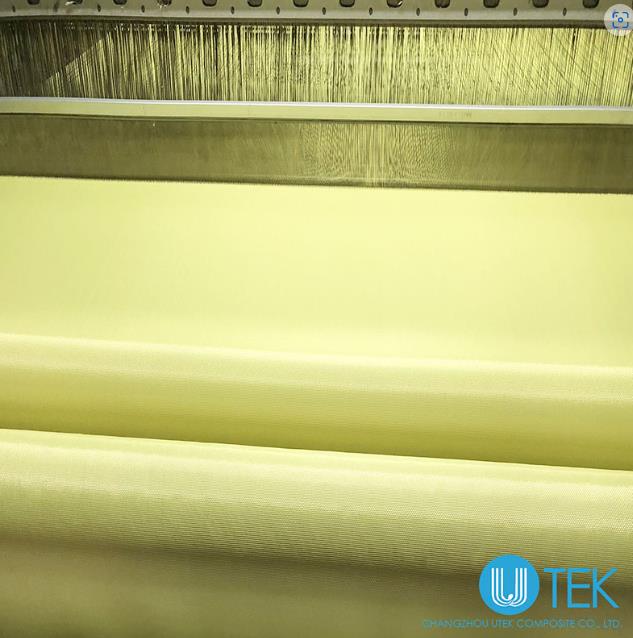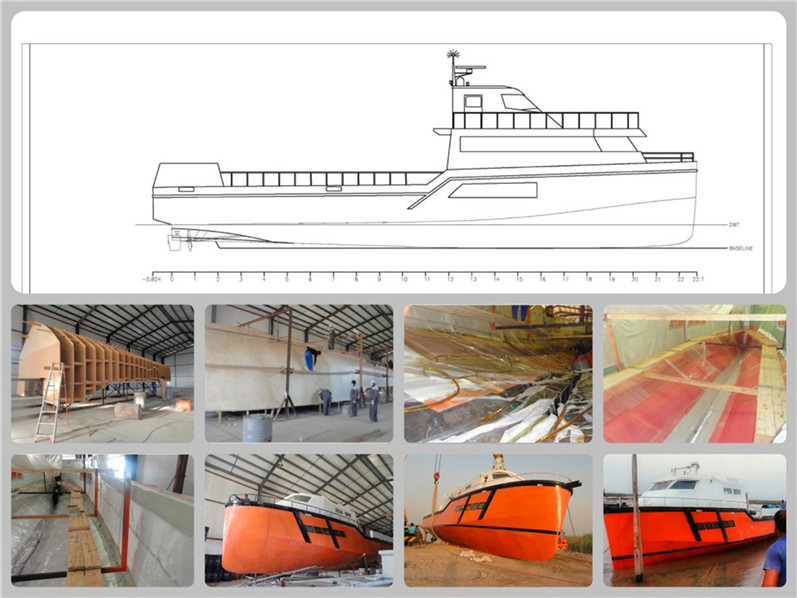How aramid fiber achieves high strength and light weight in the construction field
Aramid fiber, also known as Kevlar, is a synthetic polymer that has become popular in the construction industry due to its high strength and lightweight properties. This innovative material has been used in a variety of construction applications, from reinforced concrete structures to geotechnical projects. Although a relative newcomer to the industry, the versatility of aramid fibers has revolutionized the way we approach building design and construction techniques.

1. The high tensile strength of aramid fibers.
Tensile strength is the ability of a material to resist breaking or being pulled apart when subjected to tension. Aramid fibers possess an impressive tensile strength that is believed to be five times stronger than steel. This makes it an ideal component for construction projects that require a high degree of structural support. For example, aramid fibers can be used to reinforce concrete, providing a higher level of stability and strength to the final structure.
Aramid fibers are also known for their lightweight properties. Unlike traditional materials such as steel or concrete, aramid fiber is much lighter and therefore easier to transport, handle and install. Its lightweight properties make it an attractive solution for construction projects that require a resilient yet easy-to-use material. In addition, its lightweight properties help reduce the overall weight of the structure, which is especially important when designing high-rise buildings or structures with weak foundations.
2. The corrosion resistance of aramid fibers.
Over time, conventional materials such as steel tend to be susceptible to rust and other forms of corrosion. However, aramid fiber is less susceptible to such environmental conditions, making it a durable solution that requires less maintenance. Its resistance to chemical and environmental damage means it can withstand harsh weather conditions, such as high humidity or extreme temperatures, making it ideal for use in areas susceptible to such weather patterns.
3. The versatility of aramid fiber.
It can be used in a range of construction projects, from building bridges and tunnels to strengthening foundations and retaining walls. Aramid fiber is also used in geotechnical projects to support unstable slopes and provide ground reinforcement.
4. Aramid fibers can reduce construction costs.
Although aramid fiber is more expensive than traditional materials such as steel, the lightweight nature of the material allows for lower overall construction costs. This means that smaller cranes and transportation equipment can be used, resulting in cost savings associated with crane rental and crane time. In addition, the corrosion and chemical damage resistance of aramid fibers reduces maintenance costs, creating significant long-term savings.
In summary, aramid fibers have proven to be a great asset to the construction industry. Its strength, light weight, corrosion resistance and versatility make it an ideal material for a range of construction applications. It has the unique ability to reduce construction costs while providing long-lasting results, a fundamental consideration when designing future infrastructure. Aramid fiber will undoubtedly continue to play an important role in the construction industry, providing engineers and contractors with the tools they need to create safe, reliable structures that will stand the test of time. For more detailed information, feel free to contact us!


















